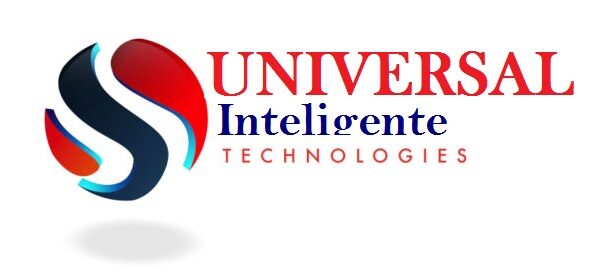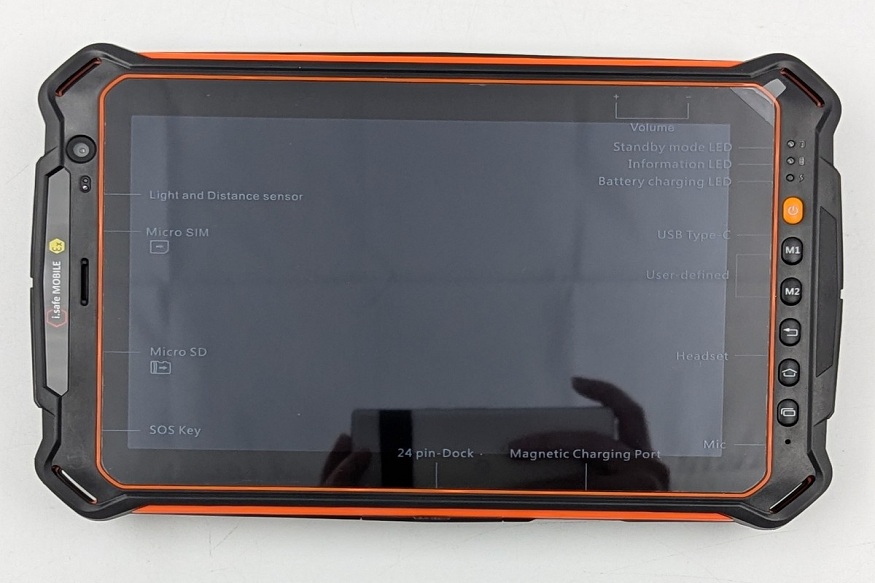In industries where hazardous and potentially explosive atmospheres are a daily reality, the line between innovation and risk is razor-thin. Sectors like oil and gas, chemical manufacturing, pharmaceuticals, and mining operate in environments where a simple electrical spark can have catastrophic consequences. For decades, this inherent danger has limited the use of modern technology, forcing workers to rely on paper-based systems, analog tools, and cumbersome procedures. However, the introduction of is930 – Intrinsically Safe Android Tablet has revolutionized operations in these high-risk zones. These purpose-built devices are more than just ruggedized electronics; they are a critical piece of equipment that improves worker safety, enhances operational efficiency, and ushers in a new era of digital transformation in some of the world’s most demanding environments.
To understand the value of an intrinsically safe tablet, one must first grasp the concept of intrinsic safety. It is a protection technique for electrical equipment that is designed to prevent explosions in hazardous locations. The core principle is to limit the electrical and thermal energy of a device so that it is incapable of causing ignition of a hazardous atmospheric mixture, even under fault conditions. Unlike an explosion-proof device that contains a potential explosion, an intrinsically safe device is designed to never create the spark or heat necessary for one to occur in the first place. This fundamental design philosophy makes these tablets the only truly safe choice for Zone 1 and Zone 2 environments, where the risk of an explosion is a constant concern.
The Digital Transformation in High-Risk Environments
For too long, the fear of an ignition source has kept critical data and communication locked out of hazardous zones. This has led to reliance on manual data collection and paper-based forms. A field technician, for example, would have to take notes on a clipboard and then transcribe that information into a digital system at a later, safer location. This process is not only inefficient and time-consuming but also prone to human error. A misplaced decimal point or a misread note on a smudged piece of paper can have significant financial and operational consequences.
Intrinsically safe tablets have eliminated this outdated process. Workers can now access and input data directly at the source. This means real-time data collection, instant access to digital manuals and schematics, and immediate communication with a central command center. A maintenance technician can pull up the schematics for a piece of equipment, follow a digital checklist, and record maintenance activities directly into the system, all while standing next to the equipment itself. This immediate access to information and data entry drastically reduces errors, speeds up workflows, and ensures that the central database is always up-to-date.
Streamlining Operations and Improving Productivity
The digital capabilities of an intrinsically safe tablet lead to significant improvements in operational efficiency and productivity. By digitizing workflows, companies can reduce paperwork, minimize administrative overhead, and free up workers to focus on their primary tasks.
For a field services company, this means technicians can complete work orders, generate invoices, and get a customer’s digital signature right at the job site. This not only speeds up the billing cycle but also provides a more professional and transparent experience for the customer. In a manufacturing facility, workers can use the tablets to monitor production lines, troubleshoot issues with live diagnostics, and perform quality control checks in real-time. This immediate feedback loop allows for quicker problem resolution, which minimizes downtime and maximizes output.
The Investment in a Connected Future
The cost of an intrinsically safe tablet can be a significant investment, often more expensive than a standard consumer-grade tablet. However, the return on this investment is clear. The increased safety, improved efficiency, and reduction in errors and downtime provide a tangible and rapid return that far outweighs the initial expense. Beyond the immediate financial benefits, the investment also positions a company for the future.
These devices are the key to unlocking the full potential of a connected industrial environment. They are the human interface for the Internet of Things (IoT) in hazardous zones, allowing workers to interact with a network of sensors and smart equipment. This connectivity will be crucial for the next generation of industrial automation, predictive maintenance, and data-driven decision-making. By embracing intrinsically safe tablets today, companies are not just solving a current problem; they are building the foundation for a safer, more efficient, and more intelligent future.

